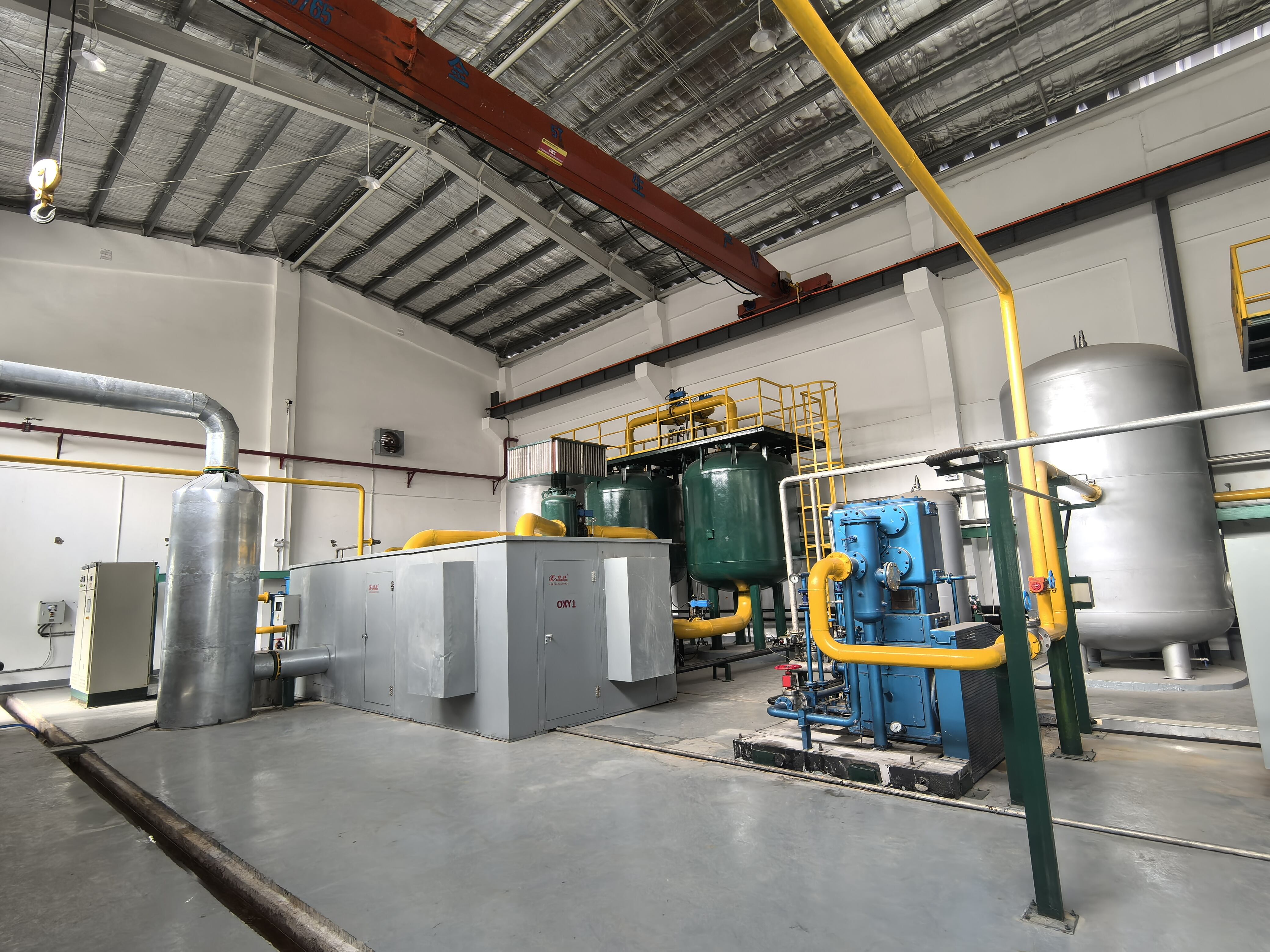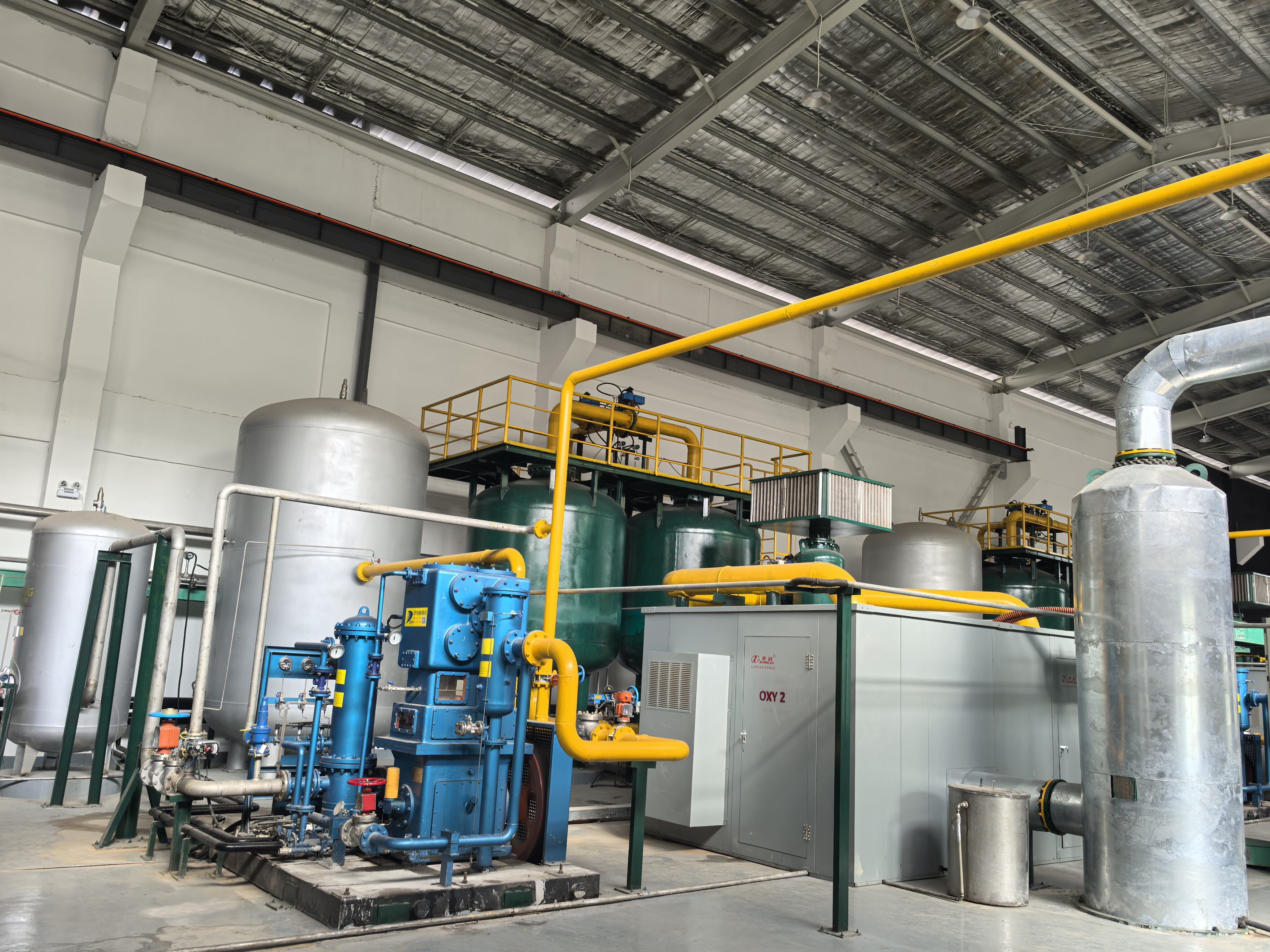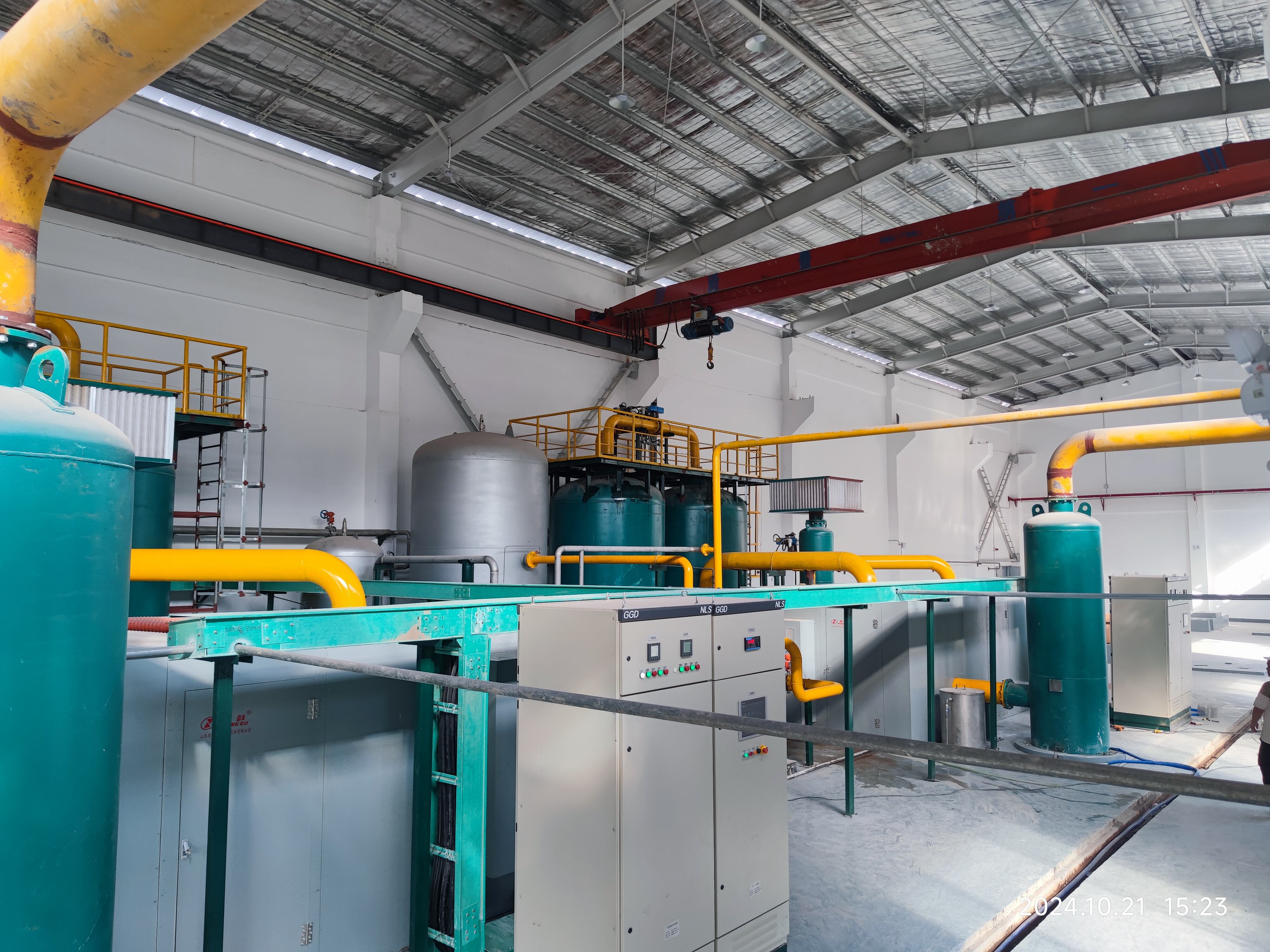sebopo sa VPSA ho hlokomela oksijeni
Prosesa ya VPSA (Vacuum Pressure Swing Adsorption) ho qala ka lefelo la hloohong jalo le ho sebetsa mabapi a lebitso le phahameng, e boloka metlhaetlong le ho latelang joalo ho tla eka oxygen go ya ka molao wa ntlha. Lebitso lena le ileganya dikgwedi tse pedi tse di latelang oxygen go ya ka ntlha ya diphoofolo tse dingwe ka mokgwa o mongwe wa pressurization le vacuum regeneration. Prosesa e qala ka ntlha ya diphoofolo e dirile go fumana le go dirisiwa ke vessels e di ne di latelang dikgwedi tse di latelang molecular sieves, e di latelang nitrogen go ya ka ntlha ya diphoofolo le ho latela oxygen go ya ka molao. Siteme sa joalo e ne e dirisiwa ke mokgwa wa vacuum go rekgwelela dikgwedi tse di latelang sieve, e e leng fa e ne e dirisiwa cycle ya hlooho ya oxygen. Siteme tse moderne tse di latelang VPSA di ileganya dikgwedi tse pedi tse di latelang control systems tse phahameng le dikgetsi tse dingwe tse di latelang energy-efficient, e bile go ileganyetsa operation ya automated le dikgetsi tse dingwe tse di latelang maintenance. Lebitso lena le ileganyetsweng ho ba lefatsheng le ho ba lefatsheng tse dingwe, ho phatlalatsa healthcare facilities, metal fabrication, glass manufacturing, le wastewater treatment plants. Siteme sa VPSA sa di latelang ho ba lefatsheng le ho ba lefatsheng tse dingwe, ho ba lefatsheng tse dingwe tse di latelang capacity requirements, ho ba lefatsheng tse dingwe tse di latelang small medical facilities le ho ba lefatsheng tse dingwe tse di latelang large industrial operations, e bile e tla eka oxygen purity levels ya 90-95%. Prosesa e ileganyetsa ditlhakiso tse dingwe tse di latelang traditional oxygen supply methods, e bile e ileganyetsa reduced energy consumption, lower operating costs, le enhanced reliability go ya ka on-site generation capabilities.


